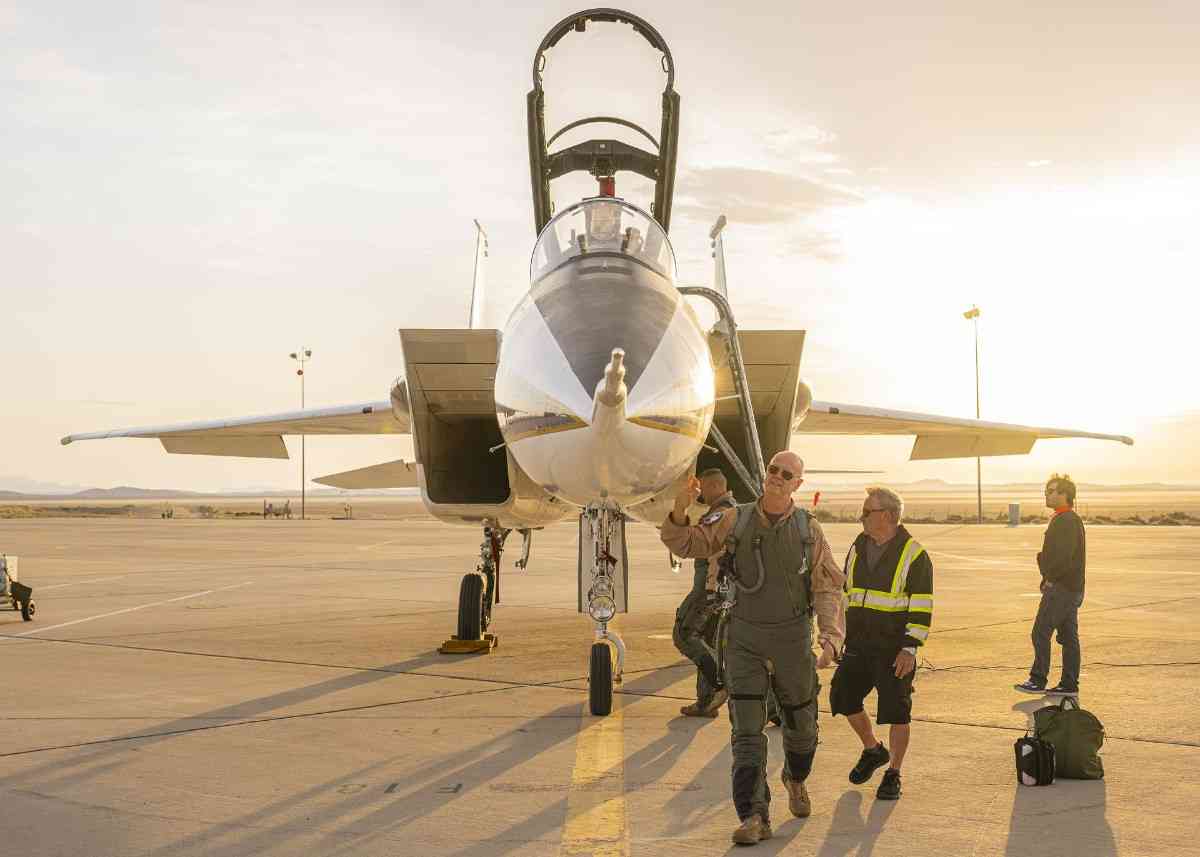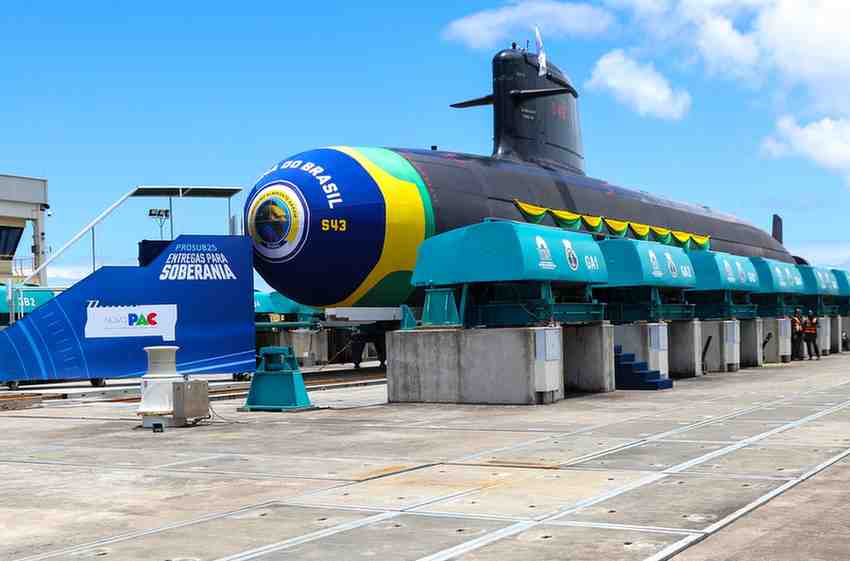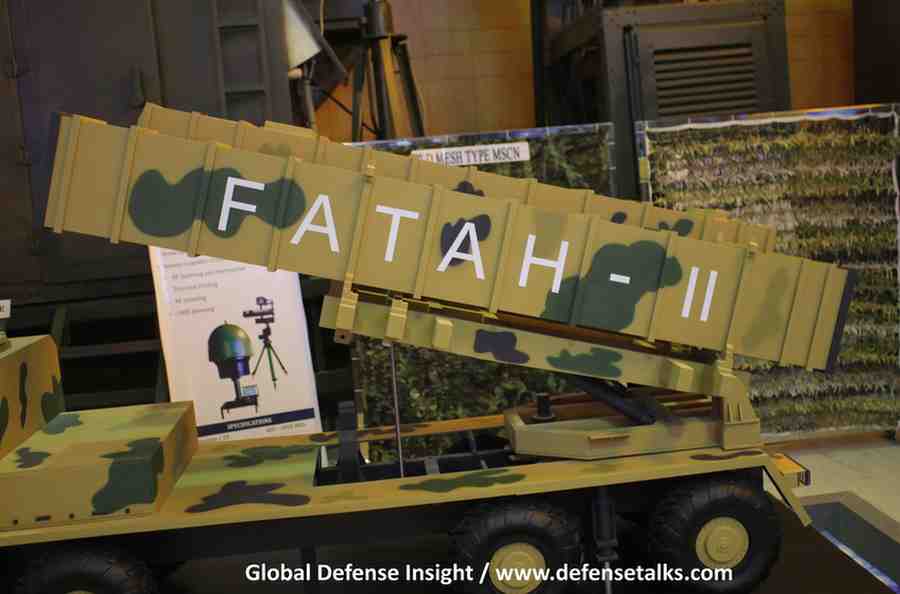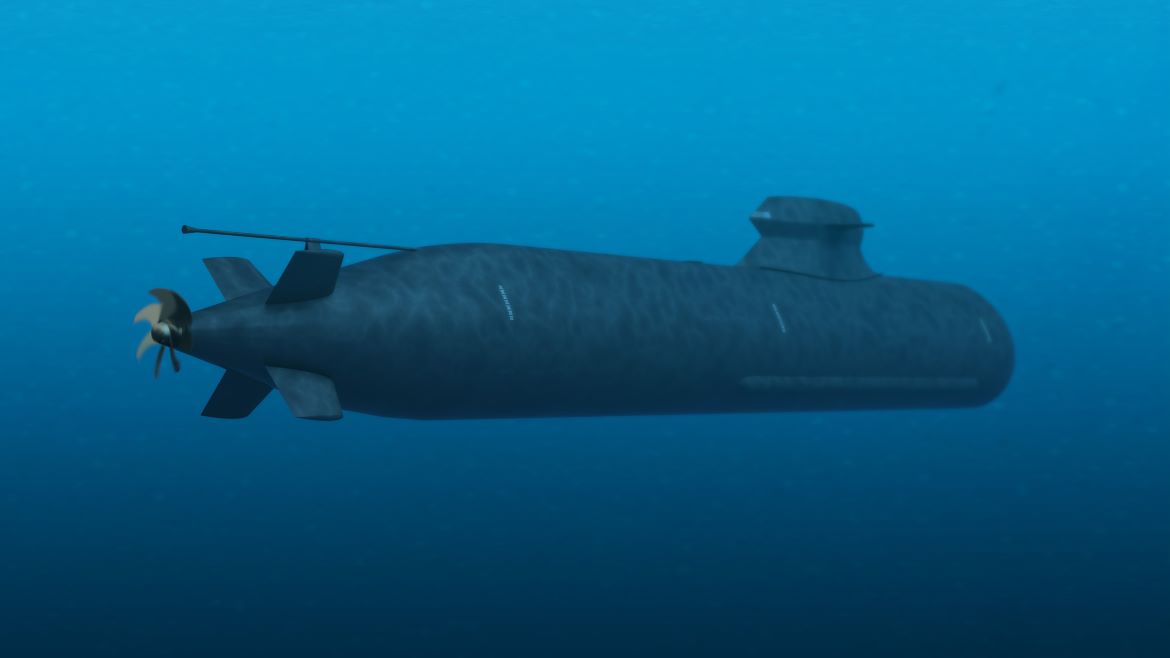NASA has completed a critical flight rehearsal at its Armstrong Research Center. This rehearsal prepares NASA for the acoustic testing phase of its supersonic X-59. The rehearsal supports Phase 2 of the Quesst mission. It is focused on refining the systems and methods that will be used to measure the sound footprint of the X-59. X-59 quiet supersonic aircraft, will begin its flight tests later this year.
The X-59 is the centerpiece of NASA’s Quesst (Quiet SuperSonic Technology) mission. It is designed to dramatically reduce the sonic boom associated with supersonic flight. Instead of the usual noise heard when jets break the sound barrier, the X-59 will produce a quiet sonic thump.
Table of Contents
ToggleGround Systems and Procedures Put to the Test
From June 3 through late July, a NASA F-15B served as a stand-in for the X-59 during rehearsal flights. These flights took place across the Mojave Desert. The F-15B flew supersonically over an array of ground recording systems (GRS) positioned across miles of terrain. The GRS units captures the resulting shock waves and environmental data. These units are equipped with sensitive microphones, meteorological sensors, and data acquisition gear.
A TG-14 glider was also used. It was outfitted with onboard microphones to capture acoustic data closer to the aircraft.
“This dress rehearsal was critical for us,” said Larry Cliatt. Larry is the sub-project manager for the Quesst acoustic validation phase. “We ran through every aspect of our operation. From flight planning to ground system setup—we ensured we’re fully prepared when the X-59 flies.”
Read also: STM Unveils Upgraded Kargu FPV Drone with Armor-Piercing Warhead and Fiber-Optic Control
Preparing for a Quiet Supersonic Future
Although the F-15B produces typical sonic booms, the rehearsal’s objective wasn’t to gather actual X-59 data, but to test infrastructure. It basically aimed to improve inter-team coordination under realistic field conditions.
The X-59’s features a unique design. Its long, pointed nose and engine placement on top, is engineered to soften the shock waves created at supersonic speeds. NASA plans to use the resulting data to inform regulatory bodies and aircraft manufacturers. This will enable the next generation of supersonic commercial aircraft to fly over land without causing noise disruption.
Read also: Innovating Defense Technologies: A Conversation with Nanografi’s Deputy GM, Yasin Öcal
“The Quesst mission will give us critical insight into how communities respond to quiet supersonic flight,” said Cliatt. “That knowledge is essential if we’re going to rewrite the rules for overland supersonic travel.”
With dress rehearsals now complete, NASA is set to begin initial flight tests of the X-59 later this year. These flights will validate design tools and provide the groundwork for broader public noise testing.
Javeria Sajid is an Aerospace Engineering student from NUST with a background in technology and a sharp focus on the global political landscape and defence innovation. She writes to make complex defence technologies understandable, and aspires to bridge journalism, policy, and engineering in her work.
- Javeria Sajidhttps://defensetalks.com/author/javeria-sajid/
- Javeria Sajidhttps://defensetalks.com/author/javeria-sajid/
- Javeria Sajidhttps://defensetalks.com/author/javeria-sajid/
- Javeria Sajidhttps://defensetalks.com/author/javeria-sajid/












